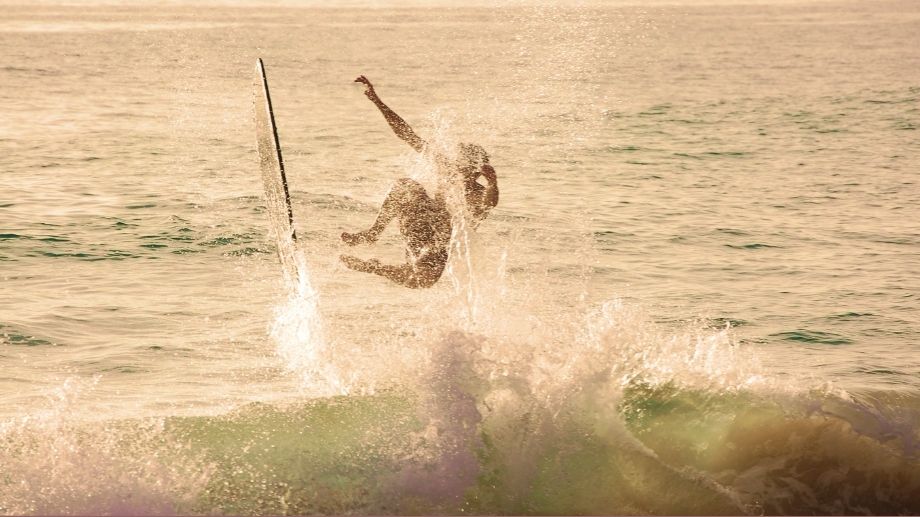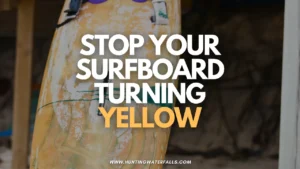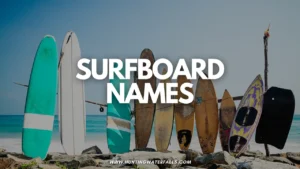Skimboarding is one of my favorite ways to spend a summer day and has plenty of upsides — it’s fun, challenging, and great exercise.
But it does have its problems too.
The biggest problems with skimboarding are that it’s incredibly tough to learn, can be dangerous, and requires specific conditions if you want to catch waves. Compared to surfing, skimboarding isn’t very popular, turning is harder, and the waves you can catch are shorter.
I love skimboarding and this is not designed to say the sport is bad, it isn't at all! But if you’re thinking of picking up skimboarding, it’s important to learn the bad as well as the good so you can make a more informed decision as to whether or not you want to sink you time, energy and money into skimboarding or something else..
In this article, I’ll teach you the biggest problems with skimboarding and you can decide whether or not this fast paced sport is right for you.
1. It’s Really Hard To Learn
Easy to pick up, extremely difficult to master or achieve any level of competency. Skimboarding is definitely no walk in the park to learn.
Skimbaording is REALLY easy to get started. The premise is simple, run and jump on the board and skim across the water.
The first time I tried, I just grabbed the cheapest board I saw online (my first mistake) and went for it. I threw the board out in front of me and I ran (one of the biggest mistakes new skimboarders made) and I jump on it and I got a few decent skims. It was pretty fun.
But trying to catch waves on a skimboard is brutally difficult.
First you need a good board (which I didn't have) – check out my best skimboard for beginners – and then you need to master the art of getting onto your skimboard and keeping a lot of speed.
Add to that timing waves and turning sharply onto waves, honestly it can be incredibly disheartening to try to learn how to skimboard beach catching waves is so hard.
The biggest difference for me was that I went into it with the right mindset — study, practice, then shred.
One of the benefits of surfing over skimboard is that you can start catching and riding waves on day 1. With skimboarding that isn't the case. You can skim on day 1 but it'll be many many sessions before you actually start catching and riding any waves.
If you want to learn to skimboard, don’t expect to hop on your board and look like a pro the first day. It’ll take months of practice to be decent and years to master.
2. It Can Be Dangerous (And A Young Man’s Sport)
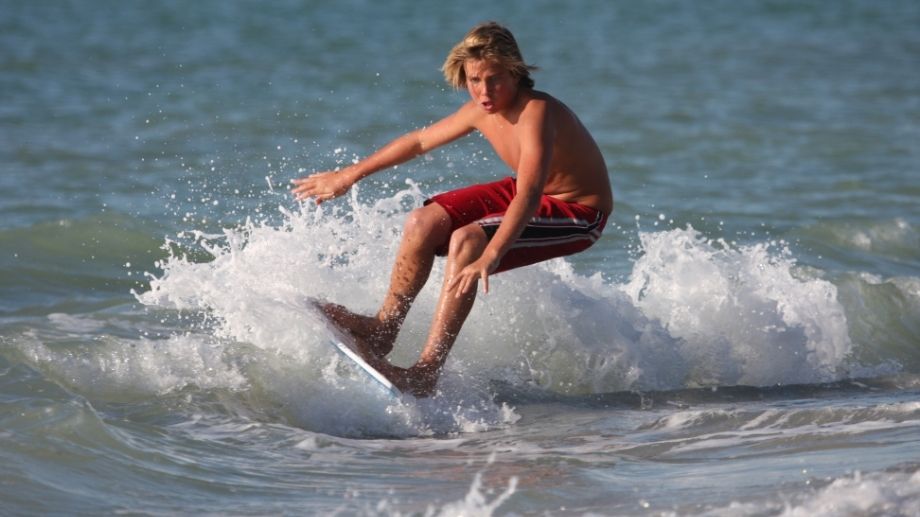
Skimboarding is super fun and great exercise — but can be pretty dangerous.
Think about it, you’re running at high speeds and tossing yourself into the shorebreak. When you’re seasoned enough to throw in some tricks, you’re doing them in really shallow surf on waves that break right onto the sand.
If you've ever been dumped by a shore dump wave, you know how dangerous and painful it can be if you don't land right.
The bruises, sprains, strains, and cuts common to any sport are there, but more serious injuries like broken bones, concussions, and even spinal cord injuries can happen (though these are incredibly rare).
But if you’re smart about it and take some precautions, skimboarding can be relatively safe.
Even if you don't take any major falls (which luckily I didn't) the pain I felt in my legs and my hips (I sound like an old man) after my first few sessions of skimming was INTENSE! However, I mainly put this down to a lack of fitness and also bad technique getting onto the board.
I picked skimboarding up in my early 30s, which is a lot older than most people. I know I don’t recover quite as quickly as I used to, so I had to learn about the risks and adjust accordingly.
The best ways I learned to mitigate the risks of skimboarding are to:
- Start slow. Learn the basics. Master the one step drop before ramping up your speed. You can practice standing still (on sand, grass, or carpet) and slowly progress to a jog, then a light run, and so on.
- Wax the top of your board or use grip pads (maybe even both) to prevent falls from your feet slipping off the board.
- Learn proper body mechanics. A slight bend at the knees with your bodyweight centered over the board can go a long way to preventing slams.
- Stretch. And not only before a session. Making your body as strong and limber as possible can minimize the nagging pains and strains caused by the intense, repetitive movements of skimboarding — especially the older you get.
- Know your limits. We’re not all world-class athletes. You can enjoy skimboarding just fine without pushing yourself past your physical (and mental) limits.
- Wear a rash guard if sand rash, cuts, or abrasions are an issue for you. This is especially important on beaches full of rocks and shells. But even without rocks and shells then it's good to swim or skim in a rash guard for sun safety.
3. Good Boards Are Expensive
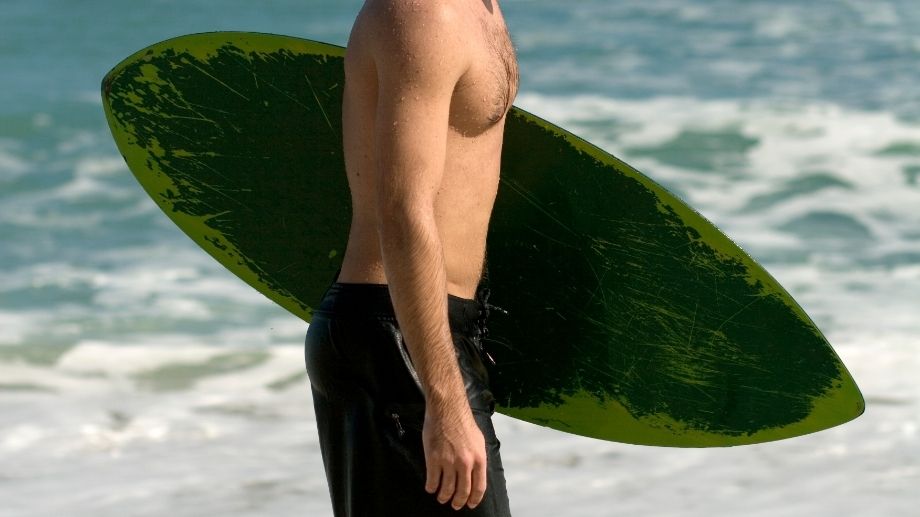
A good board can be pricey.
Sure, wood boards run between $30 and $60, but honestly wooden skimboards are horrible to learn on and even worse when you get good. A quality foam board can set you back ten times that amount (usually around $250-$600).
By the time you add in some wax or traction pads, you could be looking at $600 or more. This is still cheaper than most surf boards but some people might not have that sort of money to invest into a board.
But if you’re serious about skimboarding, it’s more than worth the cost.
Wooden boards are cheap but they’re also usually too small, flexible, heavy, and not very buoyant — which makes it tough to catch waves or skim long distances.
Foam and fiberglass boards, on the other hand, are often larger, more rigid, more bouyant, and, surprisingly, more durable. If you want to catch waves or go faster for longer distances, a foam board is more or less mandatory.
That being said, if you’re happy with casual, flatland skimming, just want a good beginner board, or don’t want to invest $500+ on a foamie, there's no shame in picking up a wooden board to get you started.
4. The Waves You Catch Are Short
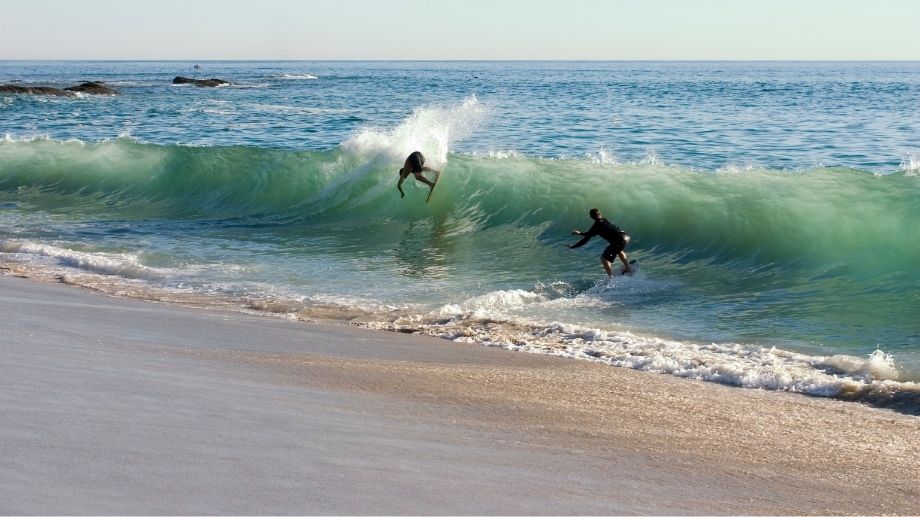
Compared to surfing, the waves you can catch on a skimboard are really short.
To catch a wave on a skimboard, you need to be able to reach it from shore while maintaining enough speed. Naturally, this limits you to waves that are breaking relatively close to the shoreline.
On the plus side, you’ll be able to catch waves a lot more often than a surfer would (at least on a good day).
5. Skimboards Are Harder To Turn On Than Surfboards
Another big difference between skimboarding and surfing is that it’s a lot harder to turn on a skimboard.
This is thanks to the fact that skimboards don’t have fins, for pretty obvious reasons.
But that doesn’t mean you can’t shred waves on a skimboard. You’ll just have to learn to use the rails and the tail of the board to turn.
6. It’s Not A Very Popular Sport
Skimboarding isn't as popular a sport as surfing, which can make it hard to find people to skim with, hard to find equipment, and hard to find information and resources for learning.
And unfortunately, it’s popularity still seems to be declining — based on the decrease in search trends and the amount of independent board makers still in the game.
Regardless, you’ll always be able to find a board, find a beach, and enjoy doing what you love, whether or not anyone around you is doing the same thing.
7. There Are Limited Locations and Limited Times Where Skimboarding Is Good
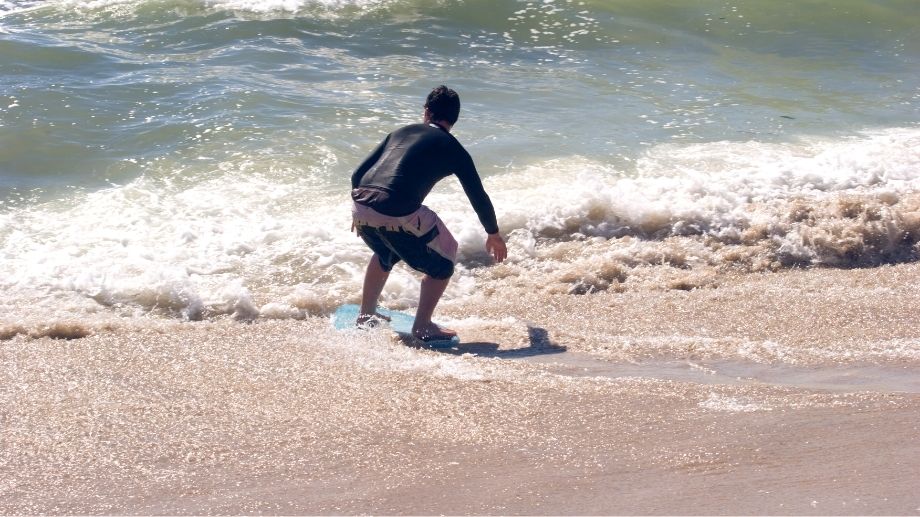
Unlike with most other hobbies, you won’t always be able to skim.
If you want to catch waves, you’ll need to find a time where waves are breaking close to shore and are powerful enough to ride.
Depending on your location, the swell, and the tide, these conditions may be difficult to find. East coast vs west coast can have a huge impact on wave side and how close they break to shore.
Some locations just never get the types of waves you need to skimboard like the people you see on instagram or TikTok.
You also ideally want a beach that slopes down to the water so gravity can give you that extra boost of speed and power and so waves break closer to the shore.
If you’re okay just skimming flatland on a lake, this opens up your options a bit. But a jam packed beach, like where I live for most of the summer, can make that tough too.
The good thing about skimboarding though is you can practice skimboarding almost anywhere. If you want to get good at your technique then anything from your carpet at home to the grass in your backyard to the local water fountain can be a good place to practice and learn.
Final Thoughts
Skimboarding is one of my favorite hobbies, but it’s far from perfect. The seven biggest problems with skimboarding are that:
- It’s tough to learn and even harder to master.
- It can be dangerous, especially the older you get.
- Good boards are expensive.
- The waves you can catch are relatively short.
- It’s hard to turn on a skimboard.
- Skimboarding isn’t very popular.
- The times and locations you can skimboard are limited.

